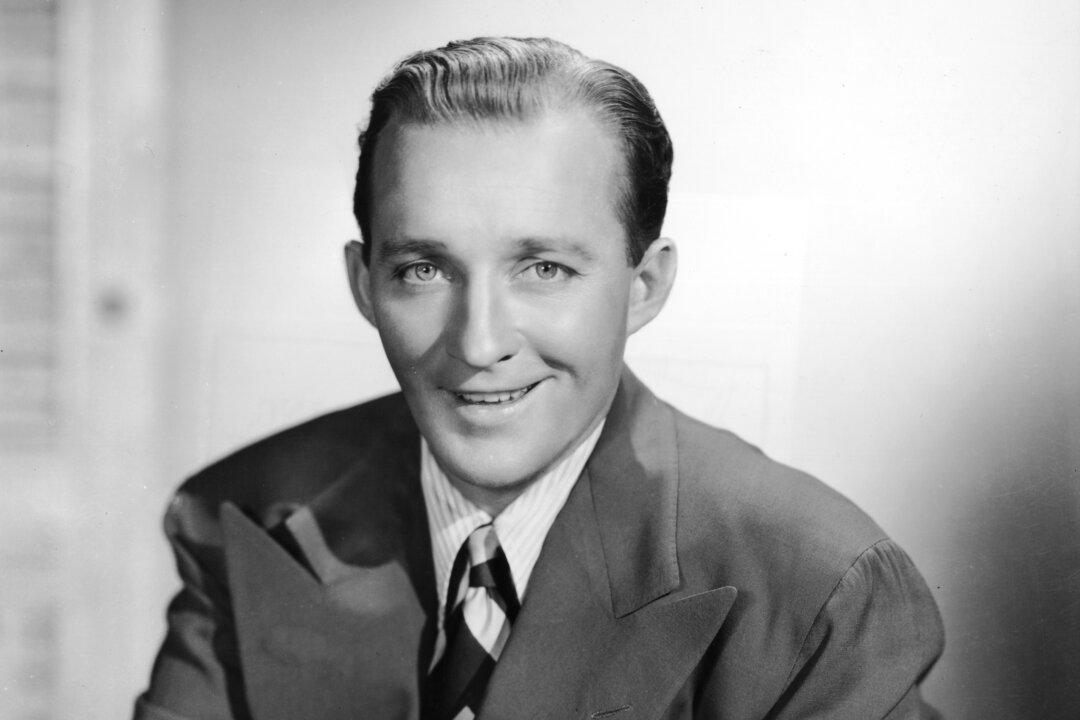Despite having starred in box-office hit movies, such as the “Avatar” franchise, Zoë Saldaña is finding her current leading role in a streaming series challenging because of her dyslexia and anxiety.
Saldaña told PEOPLE on Oct. 24 that playing Joe in “Lioness” requires a lot more hours of preparation than usual.
“I dared myself to believe that maybe I can pull it off,” she said. “But that required a lot more hours of preparation, which with the support of my husband and my family, I was able to do.”
Saldaña is married to Marco Perego with whom she shares twins Cy Aridio and Bowie Ezio, 9, and 7-year-old Zen Anton. As an actress, Saldaña must memorize lines and recite them on set.
“I would memorize, memorize, memorize, and by the time that scene would come, it was an extension of who I was—like ballet,” she said.
In “Lioness,” Saldaña’s character attempts to balance her personal and professional duties while at the forefront of the CIA’s war on terror. The star-studded cast includes Nicole Kidman and Morgan Freeman.
“Well, it’s made me believe that I can do it if I continue to really work really hard,” Saldaña said. “I think addressing my dyslexia and my anxiety was the reason why I embarked on this challenge to do a Taylor Sheridan sort of show.”
In addition to “Lioness,” writer, producer, and actor Taylor Sheridan co-created the TV series “Yellowstone” starring Kevin Costner. In 2016, he received a Best Original Screenplay Academy Award nomination for “Hell or High Water,” starring Jeff Bridges.
“Lioness” first premiered on Paramount+ in July 2023.
“He’s very dialogue-heavy,” Saldaña said of Sheridan. “It’s very wordy. There’s a cadence to the way he wants the sort of the dialogues in the scenes to be said.”
While dyslexia is a neurological condition that impacts language processing when someone is attempting to read or write, anxiety is a mental health condition rooted in genetic or environmental factors. More than 40 million adults, or 19.1 percent in the United States, have an anxiety disorder, according to National Alliance on Mental Illness data.
“Anxiety and dyslexia can, but don’t always, go hand in hand,” certified dyslexia interventionist Jennifer Schutza told The Epoch Times on Oct. 26. “In school, it becomes apparent that a dyslexic cannot read like their peers and is then made fun of. They end up with a long history of anxiety-producing, negative, experience-based memories due to their dyslexia.”
Schutza founded New Day Literacy in Santa Ana, California.
Licensed clinical psychologist Melissa Robinson-Brown isn’t surprised that the combination of having both dyslexia and anxiety is making Saldaña work harder at being an actress.
“For those with dyslexia, processing may be slower and memory may be affected,” Robinson-Brown told The Epoch Times on Oct. 26. “Having these challenges may lead individuals to feel isolated and fear judgment from peers, family, and friends.”
Robinson-Brown is the founder of Renewed Focus Psychology Services in New York.
“The worst thing that Taylor can do is to change a scene last minute or add dialogue,“ Saldaña added. ”That’s when I’m like, ‘Wait, wait, wait, that’s dyslexia 2.0’—that will be the next step.”
Symptoms of dyslexia include delayed speech, difficulty differentiating between right and left, poor spelling, mispronunciation, and difficulty retrieving words when speaking or writing.
Saldaña deals with the challenge by being “120 percent prepared.”
“The moment my brain realized that words are like a plié in a pas de deux, I was just like, ‘Ooh, a grand jeté is like a Taylor Sheridan monologue,” Saldaña said.
She did not respond to requests for comment.

In addition to preparing and thinking ahead, Robinson-Brown recommends therapy to navigate anxiety, as well as working with a learning specialist or executive functioning coach to help address different neurological conditions.
“Anxiety is the fear of the unknown,” Robinson-Brown said. “So, the more you know, the less likely you will be to become anxious. And while the anxiety may not dissipate entirely, it may make it much easier to think clearly and navigate challenging situations in terms of dyslexia.”







